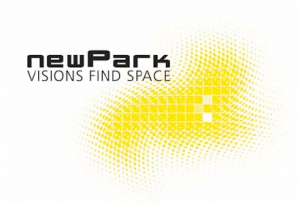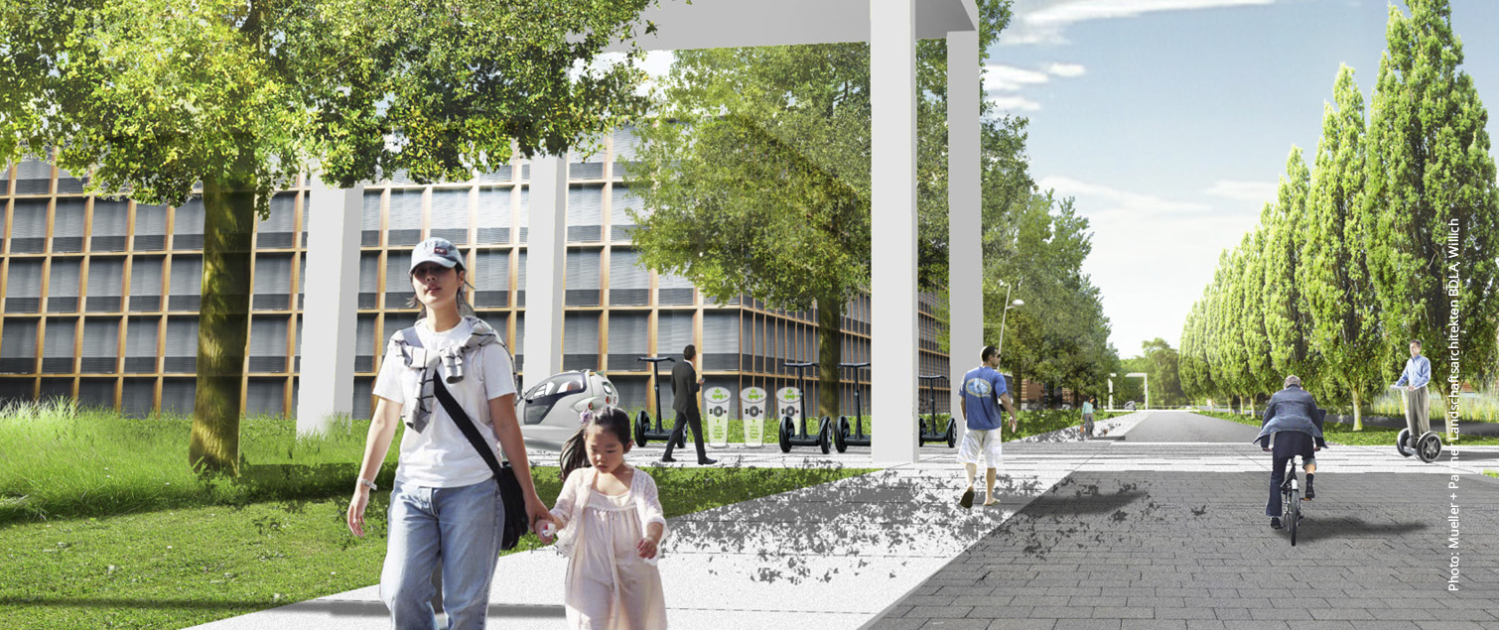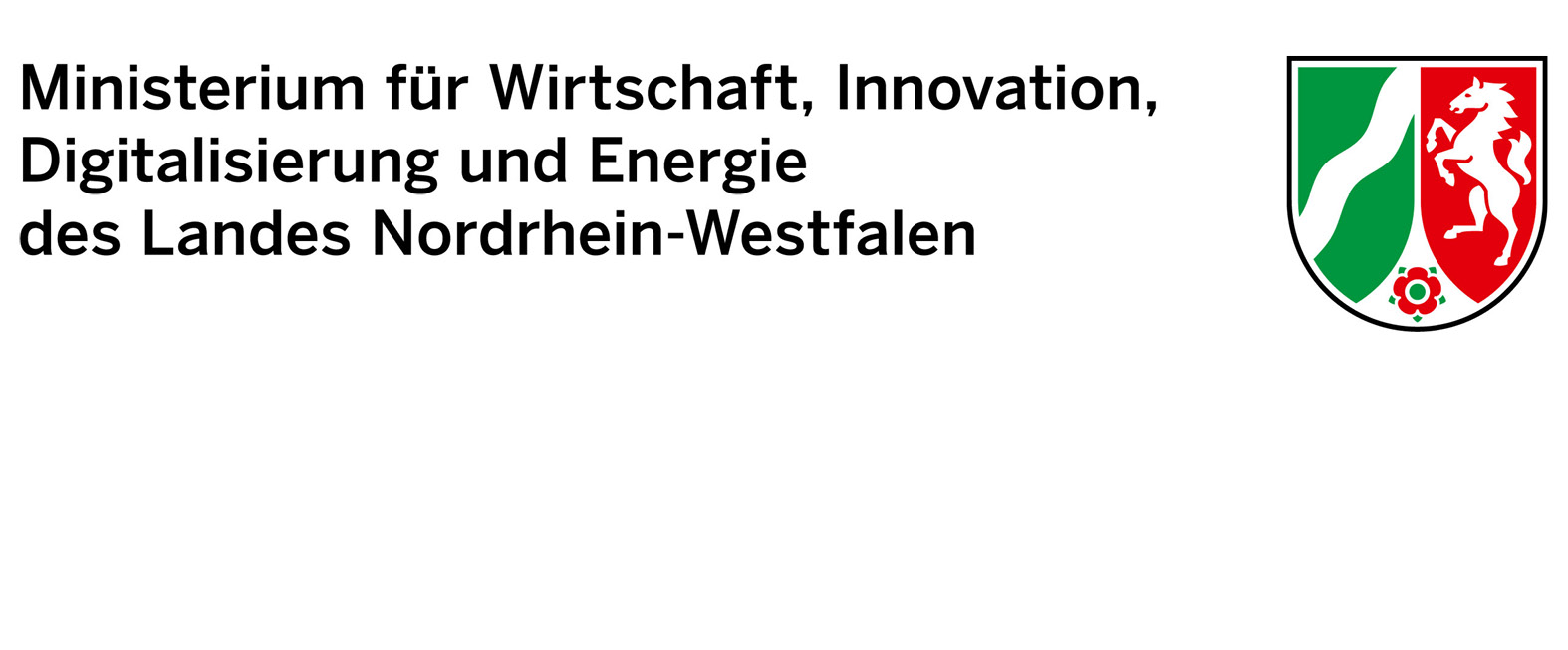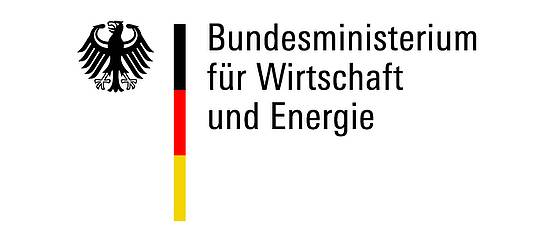The newPark and the new mobility
The mobility revolution is seen as an important lever for achieving climate targets: Transport is currently responsible for around 20 percent of CO2-emissions in Germany, with an upward trend.
The mobility concept of the newPark aims to promote sustainable and environmentally friendly mobility behaviour among newPark employees while meeting their mobility needs.
The profile of the newPark as a location for the GreenTech industry creates a good basis for the acceptance of a sustainable mobility structure. Due to the park’s location in the countryside and its proximity to the surrounding cities, the newPark also offers good conditions for attractive accessibility by bicycle. In order for the means of transport of the environmental alliance to be used more, the offers must above all be improved outside the newPark: New mobility can be implemented in the newPark in a paradigmatic manner through the expansion of the existing bicycle path network and coordinated planning of the public transport connection.
Reduction of car use
In order to reduce emissions that are harmful to the climate and health, the mobility turnaround is also an essential component that the newPark is intended to anticipate and support. Reducing individual motor vehicle traffic, especially from conventional fossil-fuel internal combustion engines, is essential for this. Once completed, employees and suppliers will travel to and from this area at different times. This will create a new traffic generator in the passenger transportation sector. A mobility concept developed by Brilon Bondzio Weiser Ing.-Gesellschaft für Verkehrswesen mbH and newPark Planungs- und Entwicklungsgesellschaft mbH provides for various elements to resolve this conflict of objectives (see below).
In this context, public transport and bicycle traffic are of particular importance, which is taken into account by providing the corresponding infrastructure (bus stops, bicycle paths, bicycle parking facilities, e-bicycle charging stations, leasing offers for company bicycles). Due to the green location and surroundings, there is great potential for bicycle and e-bicycle traffic compared to inner-city locations with their greater hurdles for bicycle path construction.
Components of the mobility concept of Brilon Bondzio Weiser Ing.-Gesellschaft für Verkehrswesen mbH and newPark Planungs- und Entwicklungsgesellschaft mbH:
- Connection of the area to public transport by a “newPark ring line”, a new bus connection supported by the principle of call-sharing cabs.
- the integration of the newPark into the regional cycling network: According to the mobility report, the existing cycling network in the vicinity of the newPark offers good conditions for the creation of a high-quality cycling infrastructure. For this purpose, the existing connections must first be expanded and, in a second step, further developed into a high-quality offering with fast cycling connections (“veloroutes”).
- a concept designed to encourage employees as well as customers and visitors to make environmentally conscious transport choices. This also includes mobility management that balances mobility needs with the various mobility options available.
- promoting the formation of car pools and sharing concepts, e., sharing transportation or trips to reduce traffic.
- institutionalisation of mobility management with spaces and personnel, whose main task is the organisation, information and communication of all mobility issues. This also includes an extensive service offer for public transport or bicycle repair.
Sources: Mobility concept newPark, 2020; Bonzio Brilon Weiser, Bochum
In principle, the newPark benefits from the well-developed transport infrastructure in the Ruhr Conurbation.
In the course of realising the site in two construction phases, it will be necessary to create new transport services that meet the mobility needs of employees and companies, but at the same time point the way to a new mobility of the future – from sustainable means of transport of the environmental connection to low-emission vehicles of electric and hydrogen mobility to strategies of intelligent traffic avoidance.
For the newPark, therefore, in addition to an investigation of the traffic connections and future loads, a future-oriented mobility concept has been developed.




